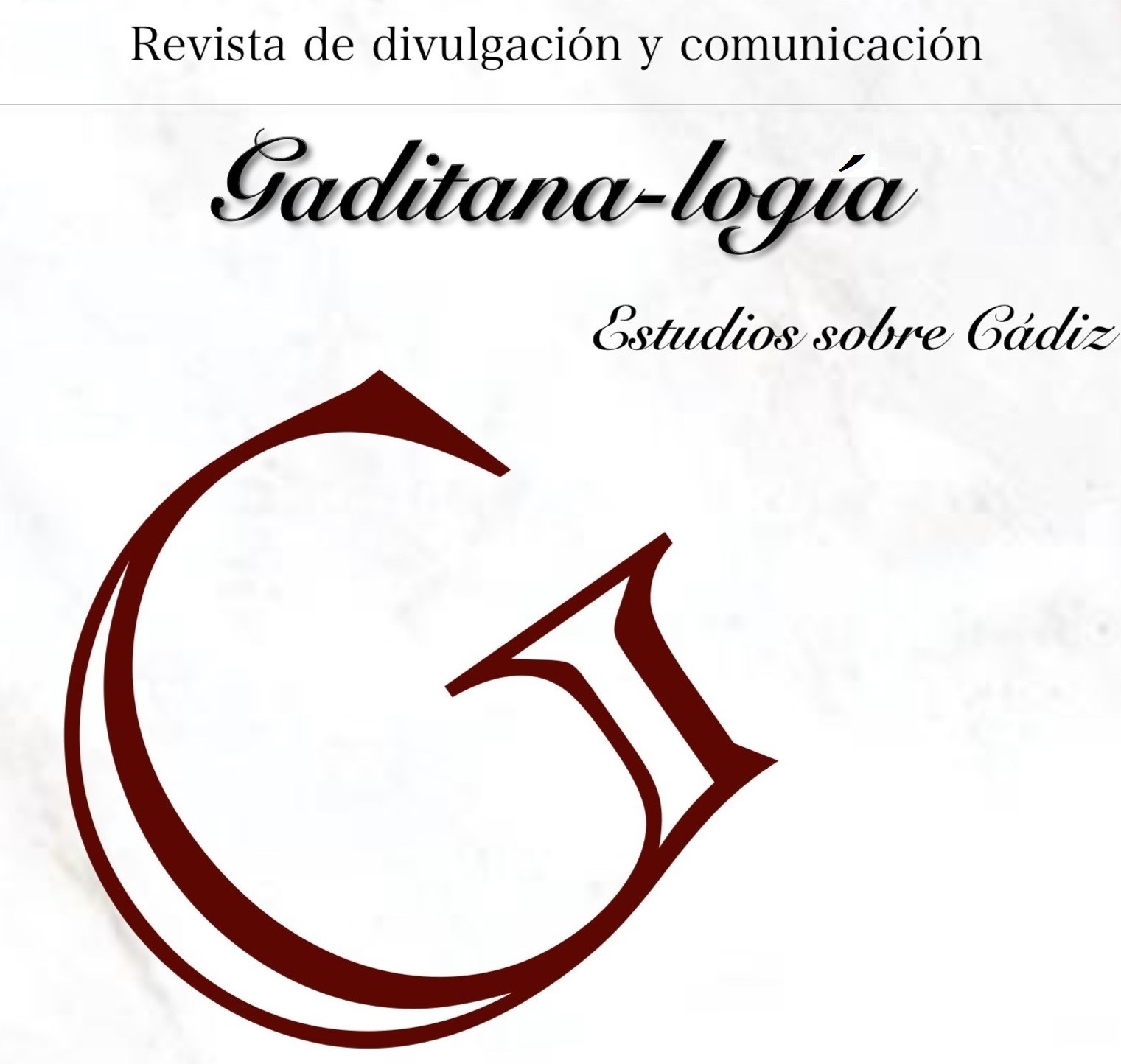Teachers who leave their mark. the stylistic influence of the bailaora Charo Cruz on her students
Abstract
In flamenco dance it is common to find certain aesthetic characteristics common to several performers, so it is worth asking what is the origin of these shared stylistic forms. It is understood that the maestro plays a primordial role, influencing with his charisma those with whom he comes into contact. This is the main question dealt with in this research, approached through the figure of the Cadiz flamenco teacher Charo Cruz and three of her outstanding pupils. Through a series of interviews, aspects such as aesthetic identity in flamenco and its process of acquisition and development have been explored in depth, highlighting the automatism in the learning of other people's own ways. In addition, some considerations about what aesthetics in flamenco is and how it is taught are briefly presented, thus establishing a theoretical framework on which the research is based.
Keywords
Downloads
How to Cite
License
Copyright (c) 2023 Gaditana-logía

This work is licensed under a Creative Commons Attribution-NonCommercial-NoDerivatives 4.0 International License.
References
Álvarez Sánchez, C. (2020). El baile flamenco en el mercado laboral: de la formación a la jubilación. [Trabajo Fin de Estudios. Conservatorio Superior de Danza “María de Ávila”].
Brao Martín, E. y Díaz Suárez, A. (2013). Baile flamenco: cómo se enseña hoy. Revista de Investigación sobre Flamenco La madrugá, (8), 157-175. https:// digitum.um.es/digitum/bitstream/10201/36667/1/173651-654301-1-PB.pdf
Cruces Roldán, C. (2002). Más allá de la música. Antropología y Flamenco I. Signatura Ediciones de Andalucía.
Cruces Roldán, C. (2014). El flamenco como constructo patrimonial. Representaciones sociales y aproximaciones metodológicas. Revista de Turismo y Patrimonio Cultural
Pasos, 12(4), 819-835. https://doi.org/10.25145/j.pasos.2014.12.059
De las Heras Fernández, R. y García Gil, D. (2019). Estudio de los procesos de enseñanza-aprendizaje del flamenco a través de entrevistas. La visión de las mujeres. Revista Electrónica de LEEME, (43), pp. 50-73. https://reunir.unir.net/handle/123456789/9099
De las Heras Monastero, B. (2013). Aproximación reflexiva a la estética y formación del baile flamenco. En Esteban Ortega, J. Marcas del cuerpo en educación: imaginarios simbólicos y materiales (pp.149-164). Universidad Europea Miguel de Cervantes.
De las Heras Monastero, B. (2018). Transformación del paradigma educativo del baile flamenco. Revista ESPACIOS, 39(29), 3. http://www.revistaespacios.com/ a18v39n29/a18v39n29p03.pdf
Decreto 518/2012 (2012, 6 de noviembre). Junta de Andalucía. BOJA nº 220 de 09/11/2012. https://www.juntadeandalucia.es/boja/2012/220/17
Escudero, V. (2017). Mi baile y otros escritos. Athenaica Ediciones Universitarias.
Jiménez Romero, F. (2015). Procesos de transmisión y adquisición corporal en el baile flamenco. [Tesis Doctoral, Programa de Doctorado: El Flamenco. Acercamiento multidisciplinar a su estudio. Departamento de Didáctica de la Lengua y de la Literatura y Filología integradas]. DocPlayer. https:// docplayer.es/13927239-Procesos-de-transmision-y- adquisicion-corporal-en-el-baileflamenco-francisco-jimenez-romero.html
Navarro, J.L. y Pablo, E. (2010). El baile flamenco. Una aproximación histórica. (2ª ed.) Almuzara.
Perozo Limones, A.R. (2018). La escuela sevillana de baile flamenco: estudio de las características estilísticas. [Tesis Doctoral, Universidad de Málaga]. Riuma. https://riuma.uma.es/xmlui/handle/10630/16634






